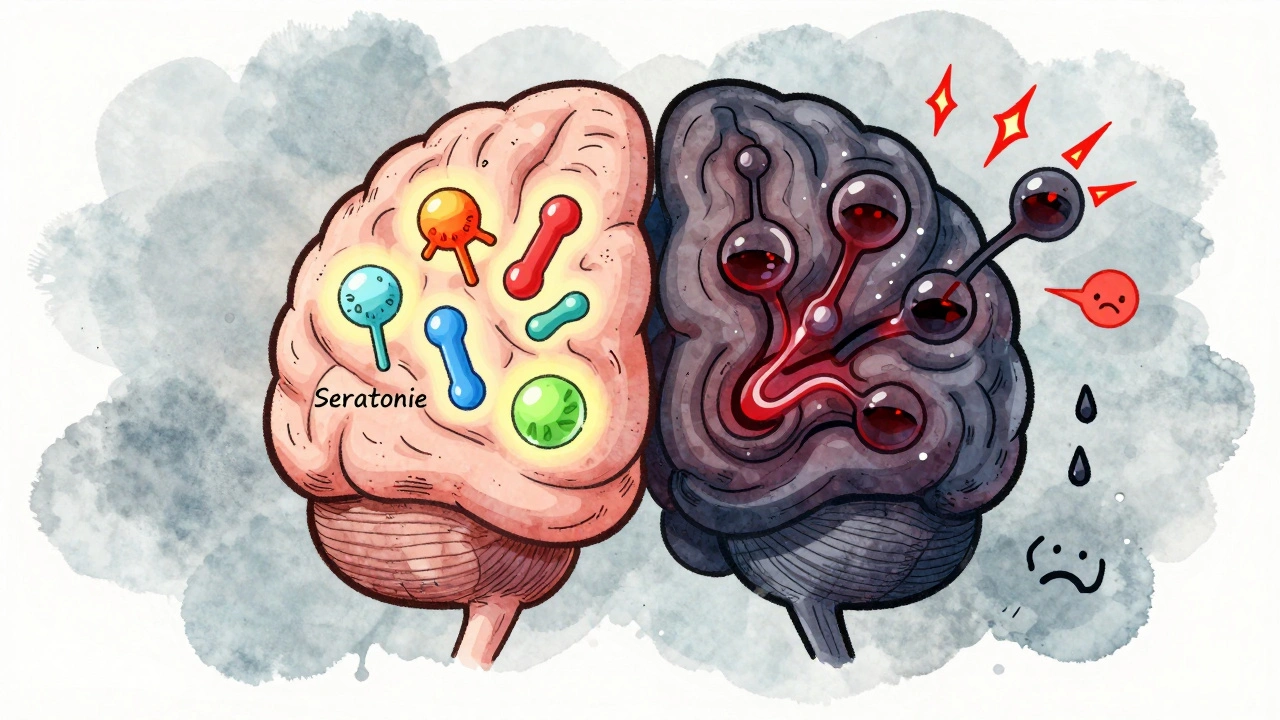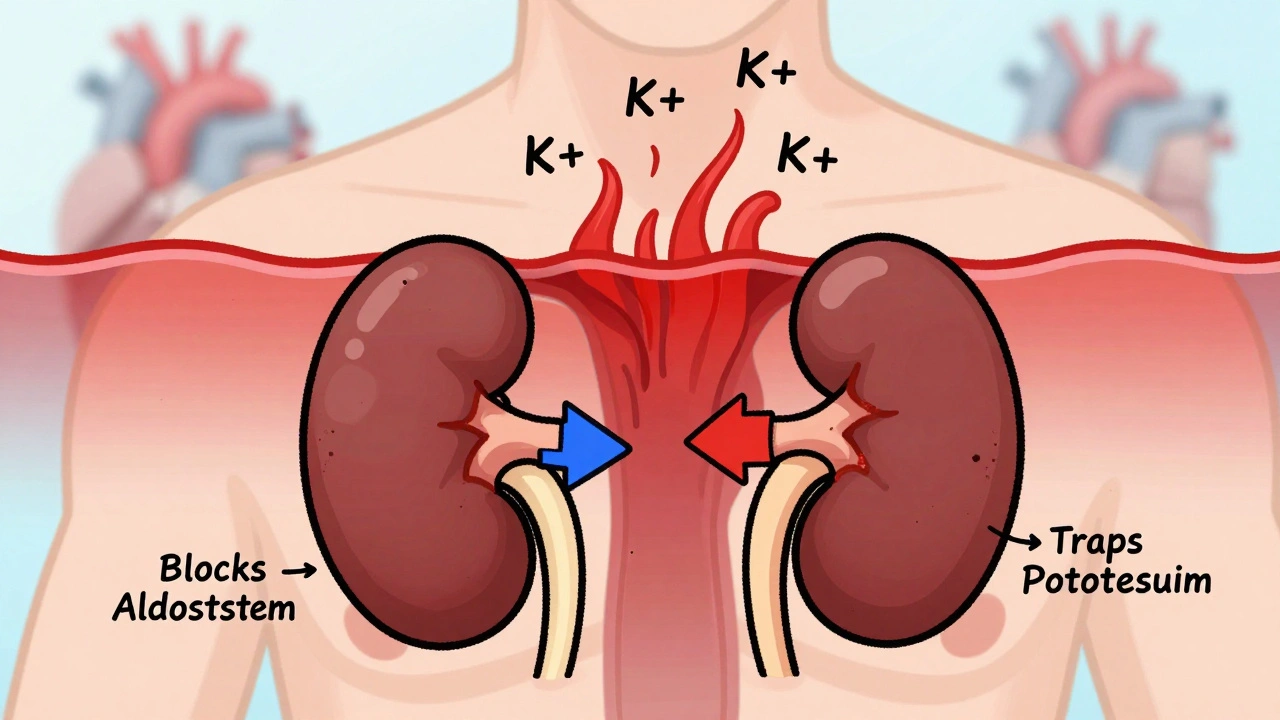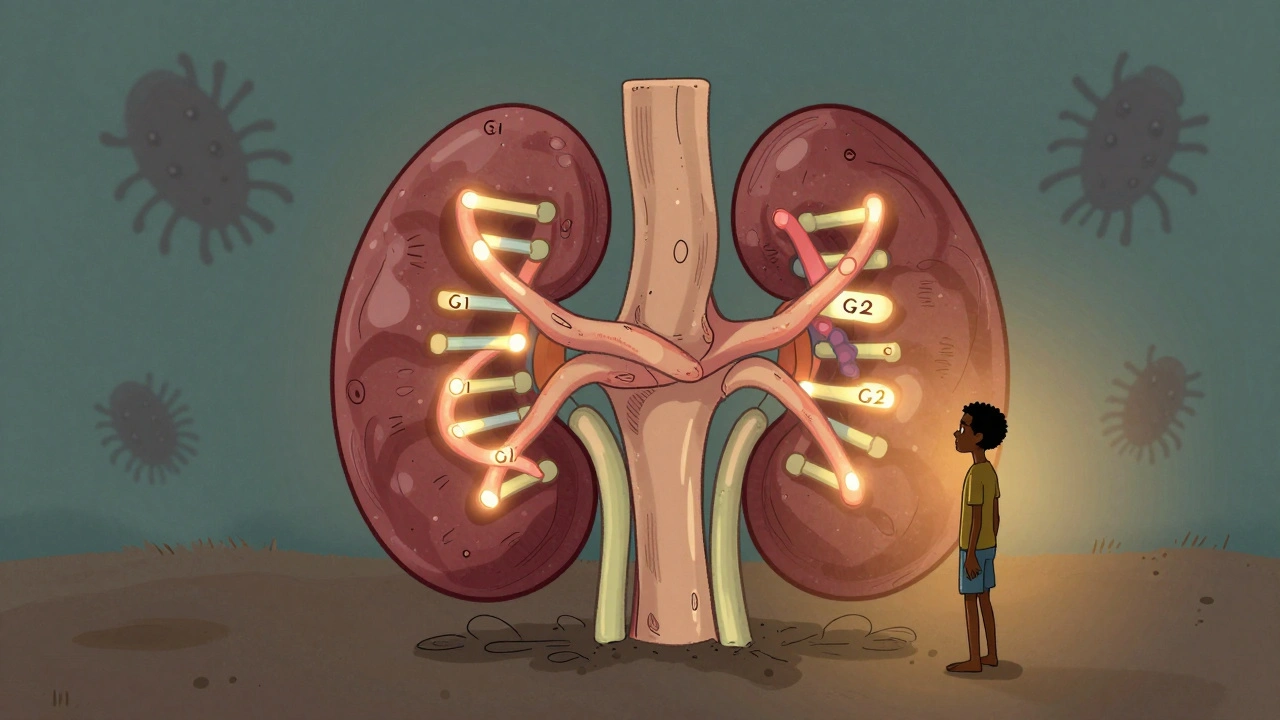Clomiphene Citrate: Full Guide to Fertility, Dosage & Safety
When working with clomiphene citrate, a selective estrogen receptor modulator (SERM) that stimulates ovulation in women trying to conceive. Also known as Clomid, it tricks the brain into believing estrogen levels are low, prompting a rise in follicle‑stimulating hormone (FSH) and luteinizing hormone (LH). This hormonal boost helps the ovaries release mature eggs. Clomiphene citrate is prescribed after a careful medical assessment and is a cornerstone of many fertility protocols.
One of the most common fertility treatments, clomiphene citrate fits into a broader toolbox that includes letrozole, gonadotropins, and assisted reproductive technologies. The choice of treatment depends on the underlying cause of infertility, the woman's age, and her response to prior cycles. In practice, doctors start with a low dose of clomiphene (usually 50 mg daily for five days) and adjust based on ultrasound monitoring of follicle growth. This step‑wise approach maximizes the chance of a successful pregnancy while keeping side‑effects manageable.
Another key player in the clomiphene conversation is polycystic ovary syndrome (PCOS). PCOS is a hormonal disorder that often blocks ovulation, making clomiphene citrate a first‑line option for many patients. By increasing FSH and LH, clomiphene can jump‑start the menstrual cycle in women whose ovaries are stuck in a quiescent state. Studies show that up to 80% of PCOS patients will ovulate with clomiphene, though the live‑birth rate can be lower than with newer agents like letrozole. Understanding the PCOS‑clomiphene link helps clinicians tailor dosing and set realistic expectations.
How Clomiphene Works – The Science Made Simple
The drug belongs to the class of selective estrogen receptor modulators, which means it binds to estrogen receptors in the hypothalamus and blocks the normal feedback signal. This “false alarm” tells the pituitary gland that estrogen is scarce, so it releases more FSH and LH. Those hormones travel to the ovaries, encouraging follicles to mature. In most cases, one or two mature follicles appear, increasing the odds of fertilization. However, because clomiphene also blocks estrogen receptors in the uterus, some women experience a thinner endometrial lining, which can affect implantation. Doctors often check lining thickness via ultrasound before timing intercourse or insemination.
Dosing strategies vary, but the typical protocol starts on day 3‑5 of the menstrual cycle and runs for five days. If no ovulation is observed, the dose can be increased in 50 mg increments up to 150 mg per day. Beyond that, the risk of multiple pregnancies and ovarian hyperstimulation rises sharply. For most patients, a single successful ovulation cycle is enough to achieve pregnancy, so clinicians aim for the lowest effective dose.
Side‑effects are generally mild but worth noting. Common complaints include hot flashes, mood swings, breast tenderness, and visual disturbances such as spots or blurred vision. These symptoms usually subside after the drug is stopped. Rarely, clomiphene can cause ovarian cysts or increase the chance of a multiple pregnancy (twins or more). Patients are advised to report any severe visual changes or abdominal pain promptly.
When planning a pregnancy, timing matters. Ovulation typically occurs 5‑9 days after the last clomiphene dose. Home ovulation predictor kits, basal body temperature charts, and timed intercourse are practical tools to match the fertile window. Some clinics combine clomiphene with intrauterine insemination (IUI) to boost success rates, especially when male factor infertility is present.
Beyond fertility, clomiphene has off‑label uses that spark interest. For example, low‑dose clomiphene is sometimes used to treat male hypogonadism by stimulating endogenous testosterone production. While evidence is still emerging, this application illustrates the drug’s broader hormonal influence. Nevertheless, off‑label use should only occur under specialist supervision.
In summary, clomiphene citrate sits at the intersection of endocrinology and reproductive medicine. Its ability to induce ovulation makes it a first‑line therapy for many women with irregular cycles, PCOS, or unexplained infertility. Understanding its mechanism, dosing nuances, and potential side‑effects empowers patients to make informed choices. Below you’ll find a curated collection of articles that dive deeper into specific aspects—ranging from detailed dosing charts to personal stories of success and challenges with clomiphene. Explore the resources to fine‑tune your journey toward a healthy pregnancy.

How to Buy Cheap Generic Clomid Online Safely
Learn step‑by‑step how to purchase cheap generic Clomid online, spot safe pharmacies, compare prices and stay within legal requirements.





